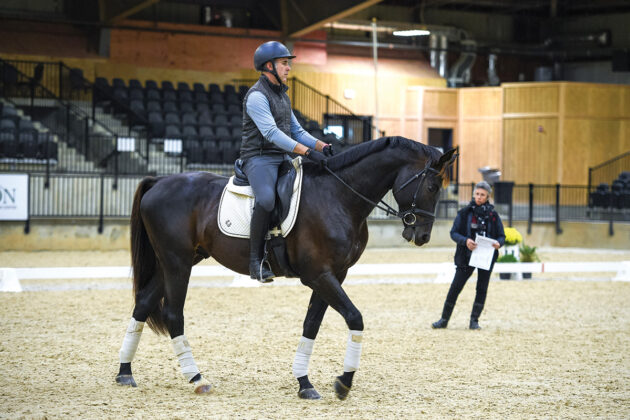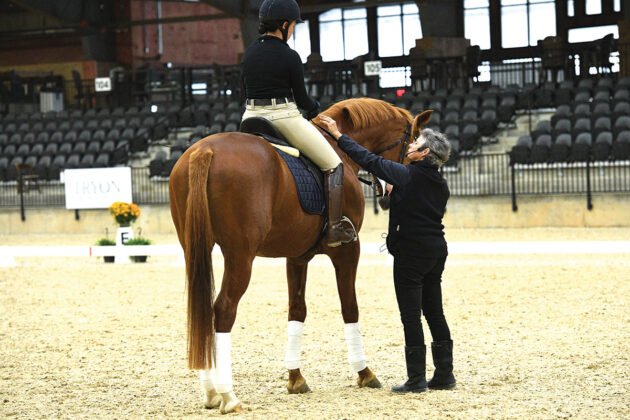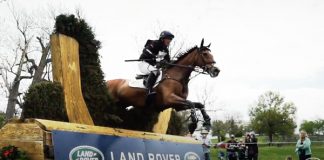Heads up dressage, western dressage and event riders: Are you looking for a way to polish your skills and improve dressage test scores? Do you have a young horse that needs to gain experience before his first show? Do you need help conquering your show-ring nerves? Would you like to get a score for a new test you’ve been practicing or if you’re considering moving up a level?
In recent years, both English and western dressage organizations are offering in-person and virtual ride-a-test clinics. They’re also sometimes called “fix-a-test” clinics, which may more accurately describe what is involved.
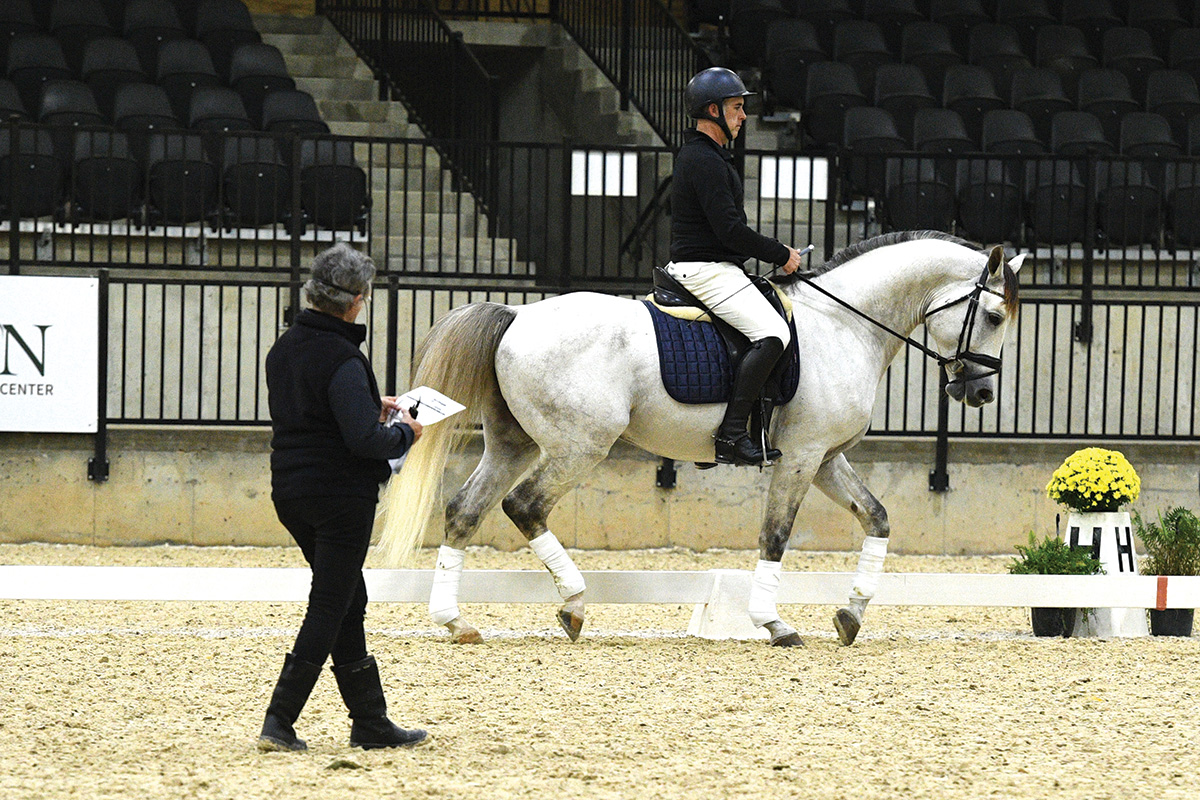
What Are Dressage Ride-a-Test Clinics?
Cheryl Holekamp, a United States Equestrian Federation (USEF) licensed “S” dressage judge who has competed through FEI levels in dressage as well as in eventing, explains more about the goal and what is involved with a ride-a-test clinic.
“These clinics are designed to help riders learn how to improve their scores in a dressage test in competition,” she says. “They are beneficial to both dressage riders and eventers. Participants ride a test of their choice which is judged, then the judge then goes over the test with the rider, followed by a lesson working on parts of the test and the basics that need improvement.”
The format of a ride-a-test clinic varies a bit depending on the group hosting. Sometimes you’ll ride your test, get feedback from the judge, and then ride the test a second time for another score. Other times, after you ride your test, the rest of the session is devoted to schooling individual movements and basic principles that will boost your performance.
Some instructors even offer multi-day intensive ride-a-test courses where you’ll get advice on choosing a test, followed by practicing the individual movements, and eventually riding the complete test. On the final day, you perform that test in front of a guest judge. Along the way, sports psychology exercises and demonstrations by professional riders supplement learning.
Holekamp says the fix-a-test clinic offers the opportunity to interact with a judge, ask questions, and gain a better understanding of the directives and purpose of the level and the judging process.
“I am first concerned with the safety and welfare of horse and rider,” she says. “The goals are to help [you and your horse] achieve the best harmony and identify steps to follow to develop and improve skills.”
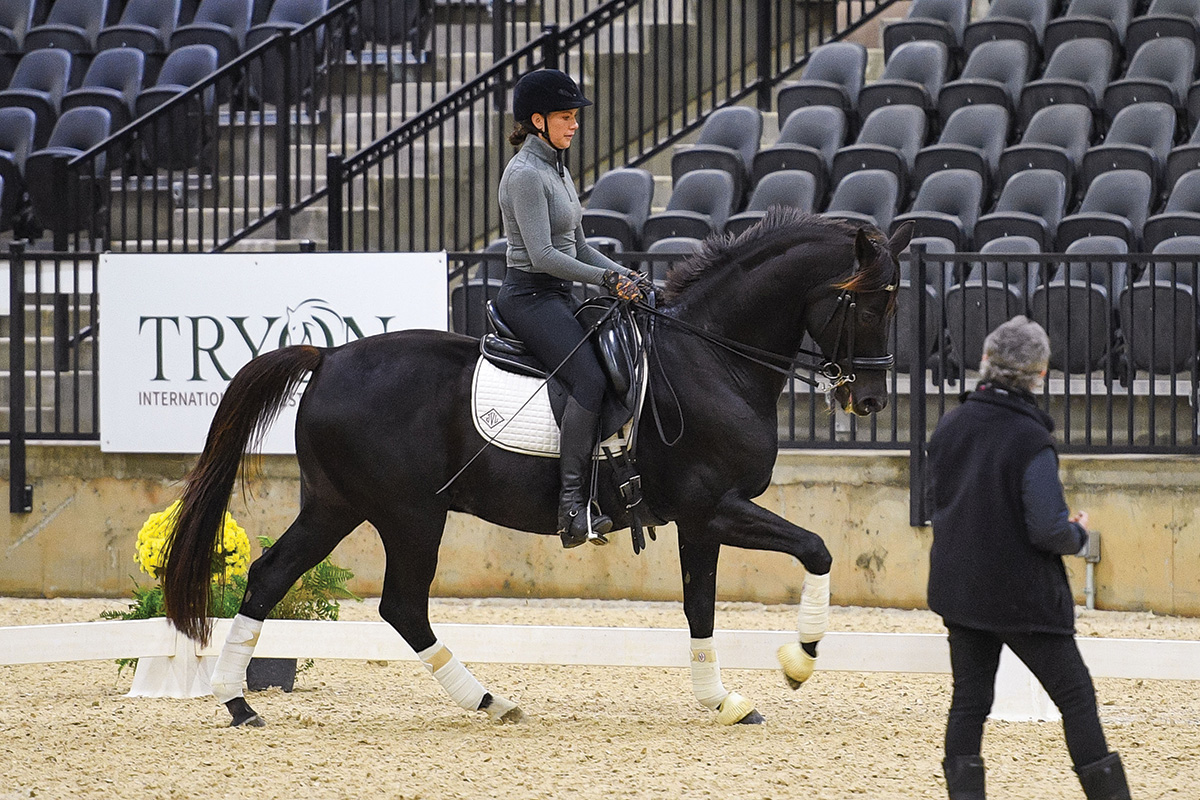
Dressage rider and United States Dressage Federation (USDF) L Education Program graduate Nancy Bryant points out that the ride-a-test format offers a rare chance for riders to get actual instruction from a licensed judge.
“According to USDF rules, judges should not use terminology that is teaching when they are working at a competition,” she says. “Instead, they’re supposed to use directives in their comments on the test sheets, such as ‘lacks impulsion’ or ‘circle not round,’ which tell the rider why they were scored a certain way, but not how to fix it. However, in the ride-a-test clinic situation, the judge is allowed to advise the rider on improving their performance.”
Bryant says that you should make the most out of a ride-a-test opportunity.
“I would ride the most technically challenging test that I would be showing that season,” she says. “Doing that with the judge in place allows me to get the best feedback. Another advantage of test-riding clinics is you don’t have the stress of having to braid your horse or dress in show clothes. You can ride in workman-like lesson attire and tack as long as it’s safe, clean and tidy.”
Clinic Preparation & Participation Tips
To find one of these clinics near you, search for educational events offered by local equestrian organizations or training barns. Another option is to participate virtually by having someone video you riding your test of choice and submitting that video to a dressage professional who offers ride-a-test reviews and followup instruction.
Holekamp gives this advice when you’re preparing for a ride-a-test clinic:
◆ Carefully review the schedule and format of the clinic you choose and register by the deadline. Contact the host for stabling information and directions, or in the case of submitting a test virtually, for instructions for submitting your video and information on how to receive feedback.
◆ Choose a test of appropriate level and plan to warm up ahead of time just like you would at a show. Know the test well. You can either ride a test you have struggled with during competitions or a test of a higher level for which you are hoping to develop skills and proficiency.
◆ Review the purpose of the level and familiarize yourself with the directives for each movement. Definitions of the levels and descriptions of the individual movements can be found in the Dressage Division of the USEF Rule Book, which is available online to all members. Go to www.usef.org and look under the “Membership” and “Compete” tabs for more information.
◆ Bring several copies of the score sheet for the test you will be riding: one for the judge, one for the scribe, one for your reader if you have one, and one for you to review. You can find copies of the tests on the USDF website here.
◆ Be on time for your ride and factor in the warmup so that you’re ready to go into the ring in your designated slot. If possible, try to arrive at the clinic location well ahead of time or plan to stay after your ride so you can watch other sessions (if allowed) to gain even more insight.
◆ Clinicians often ask what a rider would like to work on. Bring a list of questions to maximize the value of your session.
◆ If possible, arrange to have your clinic session videotaped. “Video is a wonderful learning experience,” says Holekamp. “A good video and the test with judge’s remarks from competition are like a mini clinic and a great way to understand that what you’re feeling during a test may actually look quite different.”
◆ Tips for your videographer shooting the video to submit for a virtual clinic: Hold the camera or phone horizontally; have the videographer stand at dressage letter C; and make sure that there is adequate lighting in the arena. If you’re outside, don’t point the camera directly into the sun. Have them state the names of you and your horse and the level and test number being ridden at the beginning of the video right before you enter the ring. They may need to use zoom when you’re at the far end of the ring.
Valuable Knowledge
Ride-a-test clinics offer huge potential to gain knowledge. Holekamp says she always finishes each rider’s session with homework for them to use to build on their clinic experience.
“Hopefully riders take home a better understanding and exercises for improved basics and execution of the test movements.”
Meet the Dressage ExpertsCheryl Holekamp is a USEF licensed “S” judge who has officiated at licensed shows from coast to coast. As a dressage rider she has earned her USDF gold, silver and bronze medals, all on homebred horses. She also competed in eventing on a homebred horse. An accomplished sport horse breeder along with her husband Dr. Tim Holekamp, they own and operate New Spring Farm, originally in Columbia, Mo., and now in Ocala, Fla. 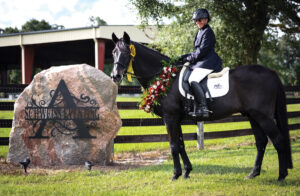 Over the years, they’ve stood several notable stallions, including 2004 Olympic eventing medalist Windfall and FEI-level eventer Amethyst. They have also produced many successful competition horses, including Boyd Martin’s Olympic mount Tsetserleg, a son of Windfall. She enjoys giving back to the sport through teaching clinics. Nancy Bryant has competed in dressage through FEI levels and has earned her USDF silver and bronze medals aboard her homebred gelding Lansom’s Ransom and her subsequent gelding Handsel, whom she trained through FEI levels. She is a graduate of the USDF L Program, which qualifies her to judge schooling shows. 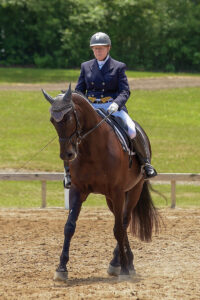 Bryant is a Past President of the Midwest Dressage Association (MDA) and an active volunteer who enjoys giving back to her sport. Over the years she has volunteered at the 2017 FEI World Cup Finals, the 2018 FEI World Equestrian Games, and has served on numerous MDA committees. In 2020 and 2021, she organized a USDF Instructor Certification Program. In her professional life outside of horse sports, Bryant is a registered nurse. |
This article about dressage Ride-a-Test clinics appeared in the March 2023 issue of Horse Illustrated magazine. Click here to subscribe!

